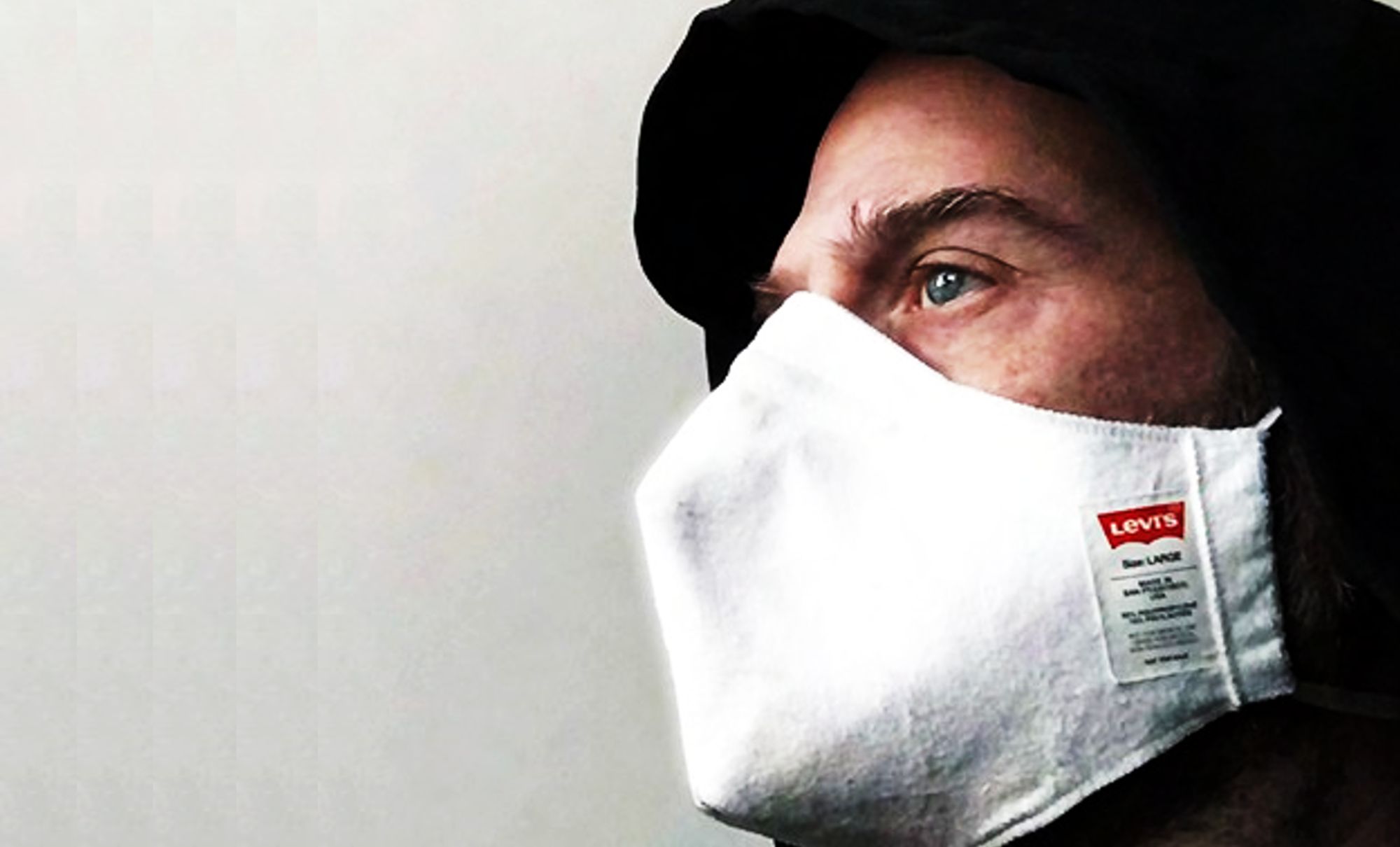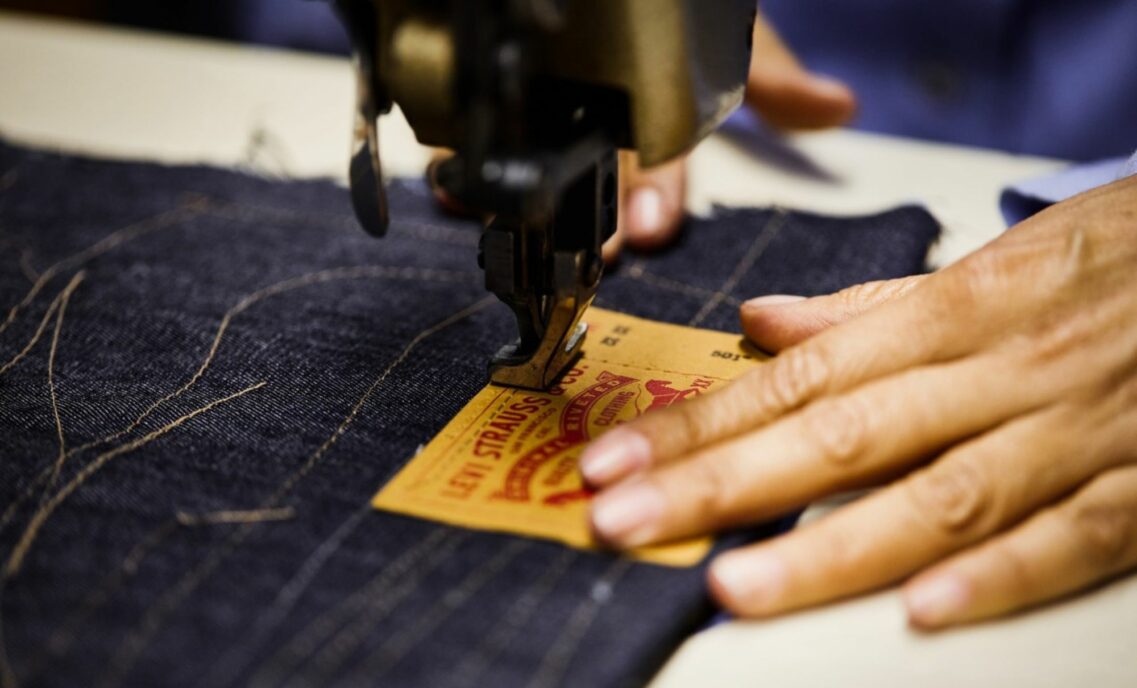In the early days of the pandemic, masks were a huge topic of conversation. Do we have enough? Do we have the right ones? How do we make more, given the realities of global supply chains?
Among those asking questions were designers at Levi Strauss & Co. as well as officials at a range of government bodies, including the U.S. Centers for Disease Control and Prevention’s (CDC) National Institute for Occupational Safety and Health (NIOSH) and the Biomedical Advanced Research and Development Authority (BARDA).
For our part, we quickly designed some masks and made them available through our website and to select nonprofit partners. The effort, while important, left Paul Dillinger, LS&Co.’s VP of Design Innovation, thinking about how else masks could be designed and manufactured using the existing apparel supply chain. Specifically, he and some colleagues wanted to know if it was possible to design, make and scale a low-cost, easy-to-manufacture mask that met all the same criteria of the conventional N95 mask most often held up as the standard.
At the same time, BARDA was asking similar questions, which led it to launch the National Mask Innovation Challenge in conjunction with the CDC and NIOSH. As BARDA recently stated, “The goal of the Mask Innovation Challenge, overall, is to support the development of evidence-based and scientifically validated mask designs for future pandemics and public health emergencies, while striving to support sustained innovation for masks.”
Paul and team entered a design, dubbed Project Veil internally, that achieved N95-equivalent performance and was engineered with a form that can be easily manufactured by any basic garment factory. The intent was to activate the existing apparel supply chain as an alternative resource to the traditional personal protective equipment (PPE) supply chain to make high-performance, low-cost masks with little more than scissors and a sewing machine. There was no new equipment or training needed, and no additional startup costs.
The LS&Co. design made it through Phase 1 of the contest — the early masks were made at the Eureka Innovation Lab — and on June 6, BARDA announced that out of nearly 1,500 entries, LS&Co.’s design was named one of 10 finalists for Phase 2 of the Mask Innovation Challenge.
In the coming months, the 10 finalist teams will engage with experts at BARDA, NIOSH and the National Institute of Standards and Technology (NIST) to refine their concepts. Following a redesign period in the summer, finalists will resubmit their prototypes in late summer 2022. The final round of testing will include a re-evaluation of filtration efficiency, breathability and tolerability, as well as another round of visualization imaging to reassess fit. Following this testing, the top two winning designs will receive $150,000 each, with two runners-up each receiving $50,000. The winner will be announced in October.
Paul and team are adapting their design to include performance data, yielding a mask that is lighter than the initial design and a better fit. “We’ve been making jeans for 169 years, but face masks are a new category for us,” Paul said. “We want to learn as much as we can from the experts. We’re hoping our participation in the Mask Innovation Challenge Phase 2 will guide us to the right path forward and the right partner to help us activate this innovation — and hopefully, to amplify its value.”
If successful, Paul and team hope that the Project Veil design blueprint can be used to promote agile and responsive localized manufacturing —“pop-up production,” in Paul’s words — to meet the urgent need for effective respiratory protection in communities around the globe.







